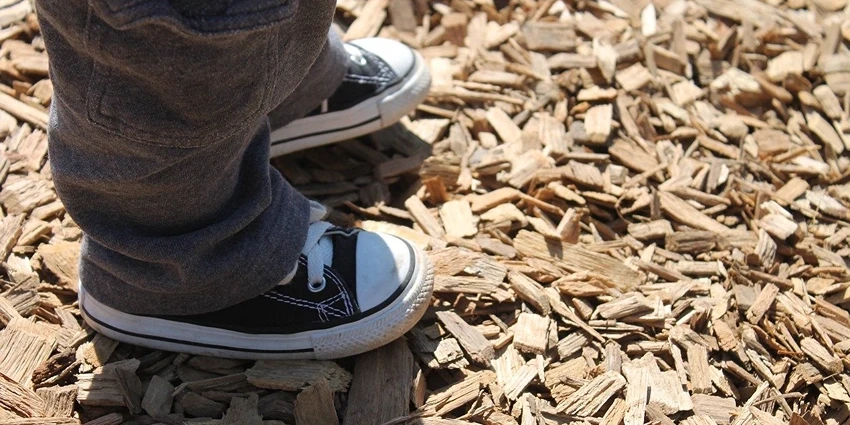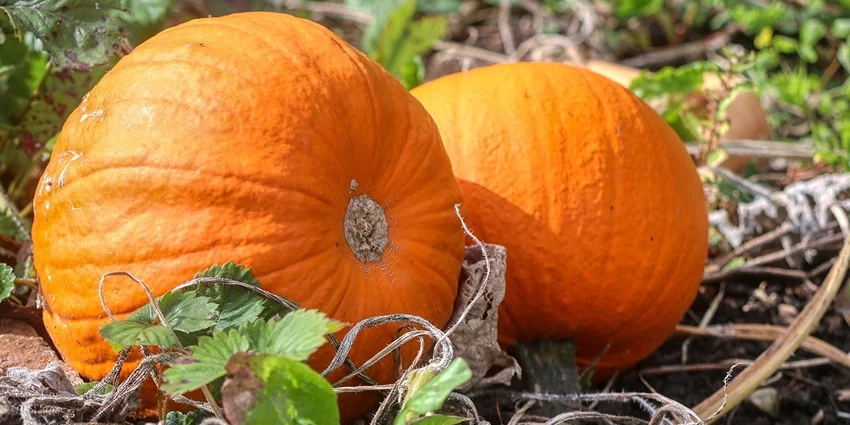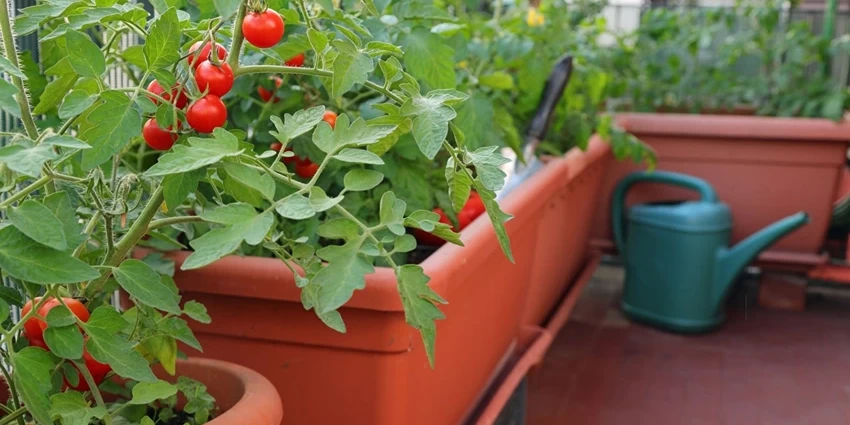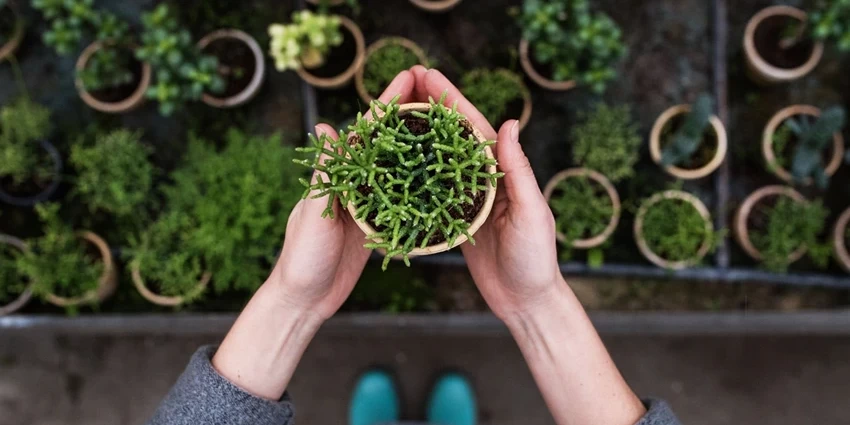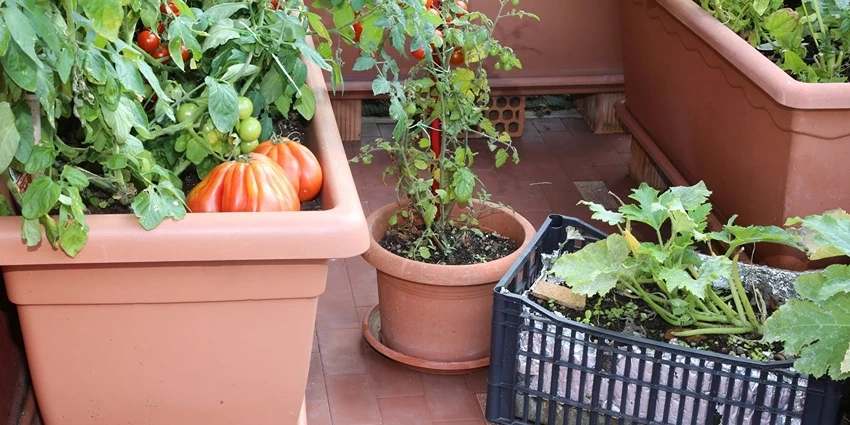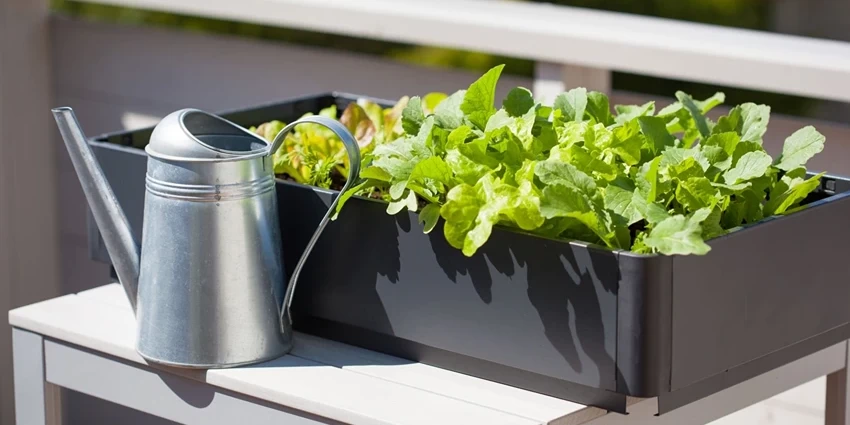All products were chosen independently by our editorial team. This review contains affiliate links and we may receive a commission for purchases made. Please read our affiliates FAQ page to find out more.
Home » Gardening Practices » Organic Gardening for Urban Areas
In the heart of the city, amidst the hustle and bustle, lies the potential for a green oasis. Organic gardening in urban spaces is not just a trend; it’s a lifestyle shift towards sustainability and wellness. It’s about transforming your small nooks into lush, productive spaces that benefit both the environment and your well-being.
Robotic mowers offer an efficient solution for organic gardening in urban areas, utilising smart technology to manage small patches of green space with precision, thereby promoting the integration of sustainable, organic greenery in compact living environments. Click here for more robotic mowers information.
Register for our latest in-depth reviews and product round-ups from the experts.
Enter your email address below to receive our monthly review emails.
By entering your details, you are agreeing to our terms and conditions and privacy policy. You can unsubscribe at any time.
Urban areas often lack the expansive backyards. For urban gardeners looking to explore innovative gardening methods, hydroponic vegetable gardening presents a unique opportunity to grow plants in a soil-less environment. Discover how to start with hydroponics here.
Maximizing Small Spaces for Organic Gardens

Vertical Gardening Techniques
Vertical gardening is a game-changer for city dwellers. It allows you to grow upwards, making the most of limited space. Here are some innovative ways to implement vertical gardening:
- Trellises and Climbing Plants: Ideal for beans, peas, and some types of squash.
- Hanging Baskets: Perfect for strawberries and a variety of herbs.
- Wall Planters: Utilize walls to grow herbs, lettuce, and ornamental plants.
Container Gardening Options
Containers are incredibly versatile and can be used on balconies, patios, and even windowsills. For specific plant guidance, learn how to grow gaura, a beautiful addition to any urban garden. For more comprehensive advice on flower gardening, check out our flower garden tips and tricks
Here’s how to choose the right containers:
- Material Matters: Choose from clay, plastic, or fabric pots, each with its own benefits.
- Size and Depth: Match the container size to the root requirements of your plants.
- Drainage is Key: Ensure containers have proper drainage, and use the best garden spades for effective potting.
Utilizing Balcony and Rooftop Spaces
Balconies and rooftops offer untapped potential for urban gardens. Here’s how to make the most of these spaces:
- Weight Restrictions: Before setting up your urban herb garden, it’s important to check the weight-bearing capacity, especially if you’re incorporating techniques like herb gardening mulching which may add additional weight with heavy pots and soil.
- Wind and Sun Exposure: Select plants that can tolerate the conditions of your outdoor space.
- Safety First: Ensure that your setup is secure and poses no risk to yourself or others.
Selecting Plants for Urban Organic Gardens
Choosing the right plants, such as the adaptable creeping phlox, is crucial for a successful urban garden. Consider these factors:
- Light Requirements: Observe the amount of sunlight your space receives and select plants accordingly.
- Space Limitations: Opt for dwarf or compact varieties that thrive in confined spaces.
- Soil Preferences: Some plants require specific soil types; tailor your soil mix to meet these needs, using tools like the best cordless drills for efficient preparation.
Soil and Composting in Small Urban Gardens
Creating Organic Compost in Limited Spaces
Composting doesn’t require a backyard, making it a versatile practice for urban dwellers. Even in a small apartment, you can engage in herb gardening mulching, a method that combines the benefits of composting with the cultivation of herbs, using methods like:
- Worm Composting: A compact system that uses worms to break down kitchen scraps.
- Bokashi: An anaerobic process that ferments organic waste, suitable for indoor use.
Soil Health and Maintenance
Healthy soil is the foundation of any garden. Here’s how to maintain it:
- Regular Testing: Check pH levels and nutrient content to adjust your soil amendments.
- Organic Matter: Add compost to enrich the soil and promote healthy plant growth.
- Mulching: Use organic mulches to retain moisture and suppress weeds.
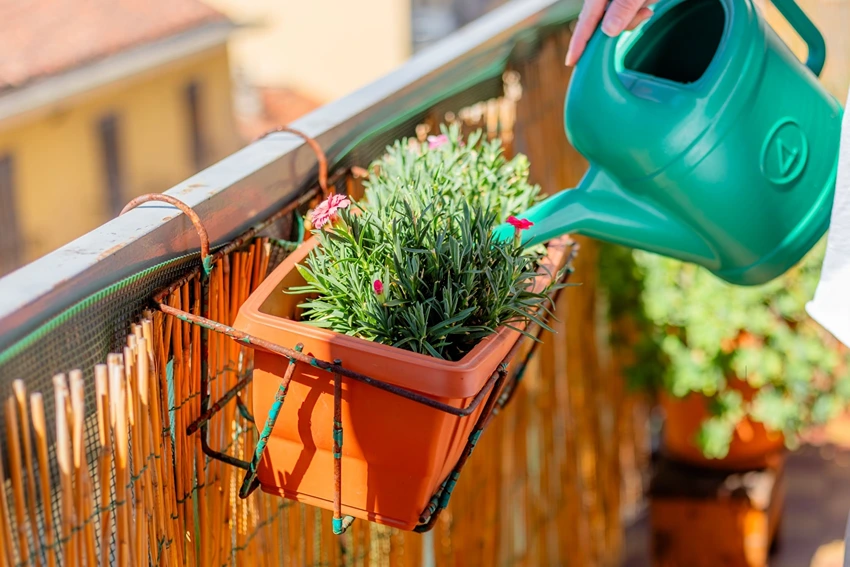
Water Conservation and Organic Gardening
Efficient water use is essential in urban gardening. Implement these strategies:
- Drip Irrigation: A system that delivers water directly to the plant roots, reducing waste.
- Watering Schedule: Water early in the morning or late in the evening to minimize evaporation.
- Collecting Rainwater: Use barrels to collect rainwater for your garden, where local laws permit.
Pest Control and Plant Health
Organic Pest Control Methods
Avoid chemicals by using organic pest control strategies:
- Natural Predators: Attract beneficial insects like ladybugs to control aphids.
- Barriers and Traps: Use physical barriers or traps to protect your plants from pests.
- Homemade Sprays: Create natural sprays with ingredients like neem oil or soap.
Preventing Diseases in Urban Gardens
Keep your plants healthy with these tips:
- Proper Spacing: Ensure adequate air circulation by not overcrowding your plants.
- Clean Tools: Regularly clean your gardening tools to prevent the spread of disease.
- Healthy Starts: Choose disease-resistant plant varieties and use tools like the best garden shredders for healthy transplants.
Tables with Relevant Facts:
| Vertical Gardening | Container Gardening | Water Conservation |
| Maximizes space | Highly versatile | Reduces waste |
| Ideal for climbers | Requires good drainage | Collects rainwater |
| Enhances aesthetics | Suitable for a variety of plants | Saves money |
| Soil Health | Pest Control | Plant Selection |
| Foundation of garden | Avoids chemicals | Match plants to light |
| Requires regular testing | Uses natural predators | Consider space needs |
| Enriched with compost | Includes barriers and traps | Tailor soil to plants |
The Therapeutic Benefits of Herb Gardening
Discover more about enhancing your urban gardening experience with our Flower Garden Tips and Tricks. This guide offers valuable insights into creating a beautiful and therapeutic garden space, perfect for reducing stress, improving mood, and enhancing cognitive function.
- Stress Reduction: The act of gardening itself is meditative, helping to alleviate stress.
- Sensory Stimulation: The colors, textures, and scents of herbs can be soothing and invigorating.
- Nutritional Benefits: Fresh herbs are packed with nutrients and can boost the healthfulness of your meals.
Designing a Therapeutic Herb Garden in Small Spaces
Layout and Design Considerations
When designing a therapeutic herb garden, consider the following:
- Accessibility: Ensure that your garden is easy to access for regular care and harvesting.
- Comfort: Include seating or standing areas that allow you to comfortably engage with your plants.
- Privacy: If possible, create a sense of seclusion to enhance the therapeutic experience.
Creating a Sensory Experience with Herbs
Select herbs with various textures, colors, and scents to create a multi-sensory environment. Consider these combinations:
- Visual Appeal: Pair the silvery foliage of lavender with the vibrant greens of basil.
- Tactile Experience: Combine the soft leaves of sage with the firmer texture of rosemary.
- Aromatic Ambiance: Mix the sweet aroma of mint with the calming scent of chamomile.
Growing and Caring for Therapeutic Herbs
Cultivation Tips for Common Therapeutic Herbs
Here are some tips for growing popular therapeutic herbs:
- Lavender: Requires full sun and well-draining soil; known for its calming properties.
- Chamomile: Prefers partial shade; its flowers can be used to make a relaxing tea.
- Mint: Thrives in moist, shaded areas; ideal for digestion and as a natural decongestant.
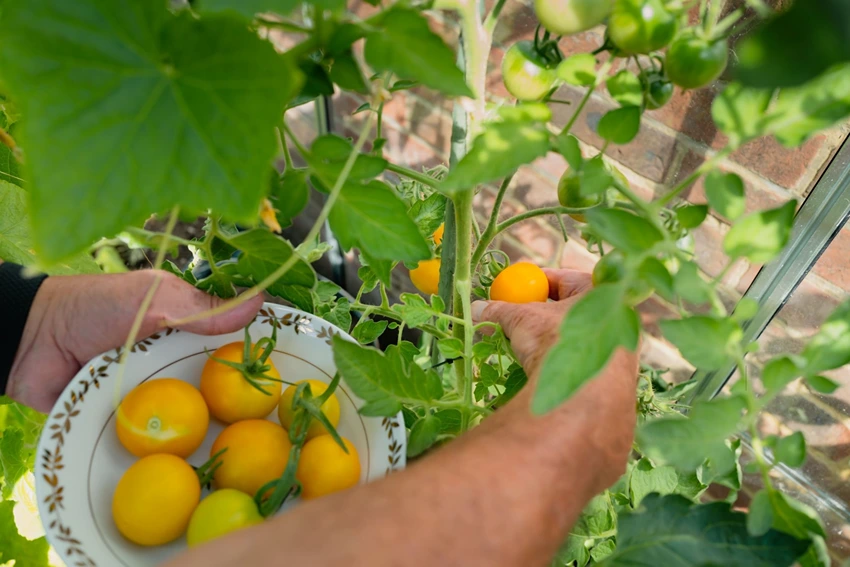
Harvesting and Using Herbs for Wellness
Harvest herbs regularly to encourage growth and use them in various ways:
- Teas and Infusions: Use leaves and flowers to create soothing herbal teas.
- Aromatherapy: Dry herbs to use in homemade aromatherapy products.
- Culinary Uses: Incorporate fresh herbs into your cooking for both flavor and health benefits.
Frequently Asked Questions
Begin by assessing your space for sunlight and choosing containers that fit. Select herbs that match your light conditions and start with easy-to-grow varieties like basil or mint.
Absolutely! Many herbs can thrive indoors as long as they receive adequate sunlight, such as from a south-facing window, and you provide proper care.
Mint, chives, and parsley are great starter herbs due to their hardiness and minimal care requirements.
Herb gardening in urban areas is a delightful and enriching endeavor that brings nature’s healing touch to the concrete jungle. It’s a testament to the resilience of both plants and human spirit, showing that even in the smallest of spaces, growth and wellness can flourish.
Tables with Relevant Facts:
| Herb | Therapeutic Benefits | Care Instructions |
| Lavender | Reduces anxiety and improves sleep | Full sun, well-draining soil |
| Chamomile | Aids in relaxation and digestion | Partial shade, well-draining soil |
| Mint | Eases digestion and respiratory conditions | Moist soil, partial to full shade |
| Herb Harvesting | Uses | Best Growing Conditions |
| Regular cutting | Teas, aromatherapy, cooking | Match herbs to light and space conditions |
| Use fresh or dry | Enhance meals, create remedies | Use quality soil and proper containers |
Oliver, a creative powerhouse and gardening enthusiast, brings a unique blend of scientific knowledge and artistic flair to BritishGreenThumb.co.uk. Growing up in the vibrant city of Brighton, Oliver's earliest memories involve exploring the city's picturesque parks and gardens, which sparked his lifelong passion for horticulture.



